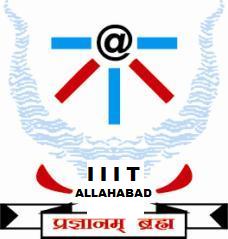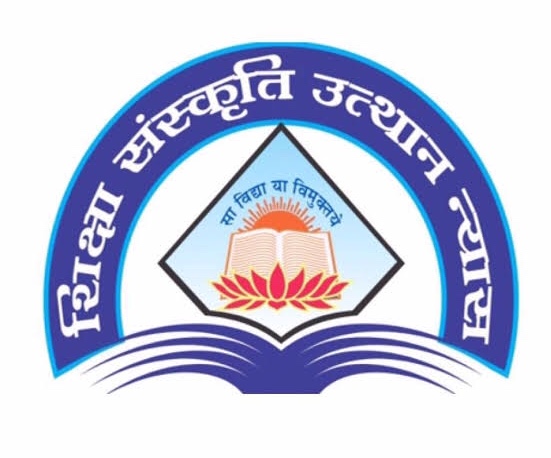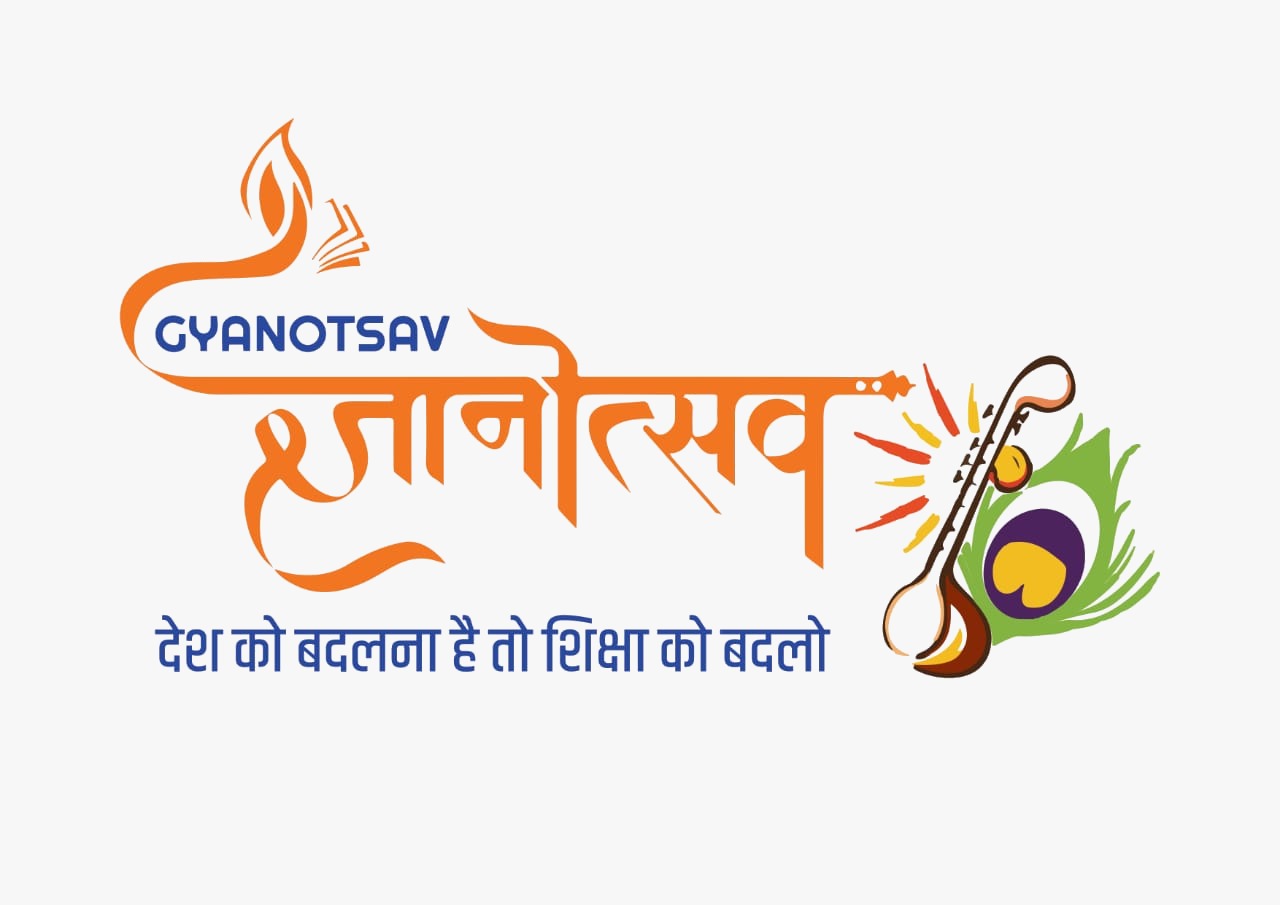
GATE’s role
Slight reorganization of syllabus, question paper and result with multipurpose objective
It is proposed that the syllabus of GATE for each stream should be partitioned into 4 sections. The section 1 should more or less contain the contents which are usually taught in 1st year of various Institutes/universities. Similarly the 2nd, 3rd and 4th sections should be close to whatever is taught in respective year of BTech/BE program.
The GATE question paper should also have 4 parts. Each part should have the questions from the respective section as mentioned above. However, the weight of different parts may be different as may be decided by this committee from time to time e.g. it may be 10:35:35:20 or something similar for the 4th year students or the graduated students.
The score of the candidates should be separately recorded for each part of the question paper. And the final score may be obtained by combining these scores as per the aforesaid proportion. This proportion may however be different for different level of students e.g. for 3rd year BTech/BE student the proportion may be 20:35:45; and 2nd year BTech student it may be 40:60.
All students studying in any BTech/BE/Integrated/Flexible or equivalent courses in any particular year are allowed to appear for respective and lower rung parts of the GATE paper i.e. a student studying in 3rd year of BTech/BE program in any recognized institute/college/university should attempt the 1st, 2nd and 3rd part of the question paper. If he skips anyone part then zero score should be assigned to him in that particular part.
Accordingly, the fee charged (perhaps time duration of writing answers too) for GATE exam may be proportional to the number of parts the student wants to appear, i.e. if X is the current fee then X/4 may be the fee for appearing in each part.
The objectives of incorporating the aforementioned suggestions are as follows:
A) It will enable the meritorious students to move higher rank institutes after each year of completion of their BTech Program, even if they have missed it during JoSAA counseling due to little lower rank. Preparing the business rules for such movements are certainly out of the scope of GATE and a separate entity may undertake such an exercise using abovesaid scores if they deem it fit. The concept of virtual institute as proposed in the Flexible Academic program (FAP) may be one such alternative, as may be decided by MOE. (Annexure-1)
B) All over India the Campus Placement may also be dependent upon this. But, this is also an individual company’s call. GATE committee has no role in it.
C) It may enhance the overall quality of technical education in India.
D) This movement mechanism, after taking admission in BTech/BE program, will significantly reduce the number of students who chose to drop one or more year for preparing for JEE Advance. It may allow us to reduce the syllabus of JEE Mains/Advance, and hence the load on the students. Perhaps, in longer run it may create a scenario where people will start thinking over conducting JEE Advance examination.









